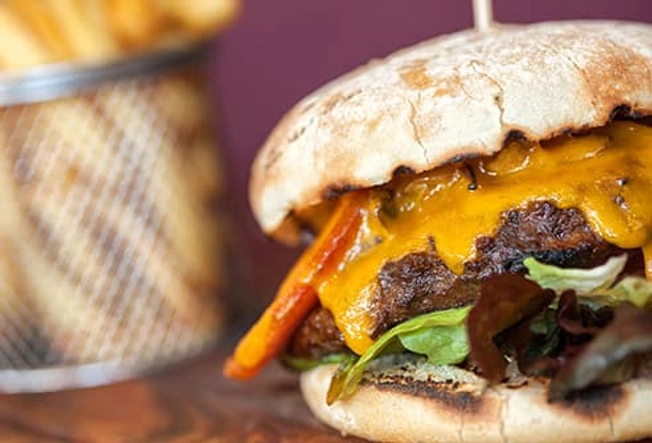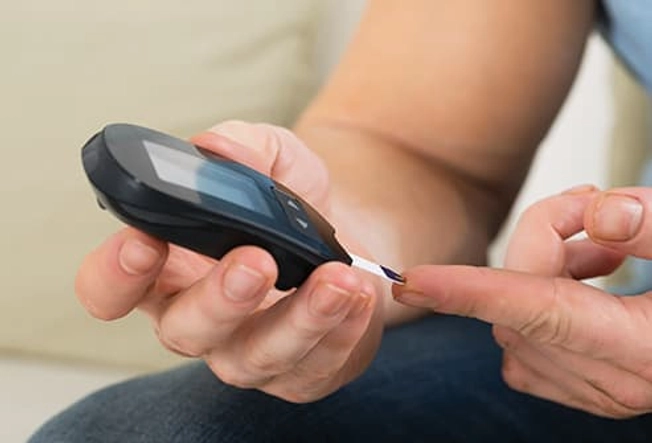Your Guide to Your Gallbladder


What It Does
Your gallbladder sits on the right side of your belly, below your liver. It’s a small organ, shaped like a pear, that holds a fluid called bile. This liquid, made in your liver, helps you digest fats and certain vitamins. When you eat, your body gets the signal to release it -- through channels called ducts -- into your small intestine.

Gallstones
The most common reason people have trouble with their gallbladder is gallstones. You get them when bile clumps together and forms solid masses. They can be as big as a golf ball, and you can have just one or several.

Types of Gallstones
Most stones are made of hardened cholesterol. But people with certain conditions like cirrhosis and sickle cell disease are more likely to have another kind called pigment stones. These are made of bilirubin -- a brownish yellow compound your liver makes when it breaks down old red blood cells.

Cholecystitis
If a gallstone gets into a duct and keeps bile from flowing out, your gallbladder can get inflamed. That’s called cholecystitis, and it can lead to nausea, vomiting, and belly pain. Bacteria also can cause it. You can tell you're having gallbladder trouble by where it hurts: the upper right part of your belly. It might get worse when you take deep breaths, and you may also feel an ache in your back or right shoulder blade.

If You Think You Have a Problem
Your doctor will examine you and might want to take a sample of your blood to look for signs your body is fighting an infection. You probably will have an imaging test, like an ultrasound. It uses sound waves to make detailed images of your gallbladder. Your doctor also might want an X-ray of your belly or other blood tests to see how well your liver is working.

Treatment for Cholecystitis
Some gallstones never cause problems and can be left alone -- they're called “silent." But if you have symptoms, your doctor may recommend surgery, called cholecystectomy, to take out your gallbladder. You’ll be fine without it -- the bile your liver makes will flow straight into your intestine.

Special Risks for Women
Researchers believe estrogen plays a role in gallstones. The female sex hormone can boost the amount of cholesterol in your bile. And pregnancy can cause a buildup of something called gallbladder sludge, a thick liquid your body can’t absorb easily.

Family History
If someone in your family has had gallstones, your chances of getting them are higher. Mexican-Americans and Native Americans are more likely to have them than other people -- the Pima tribe of Arizona has the highest rate of gallbladder disease in the world. Researchers think certain genes can raise the amount of cholesterol in bile.

Obesity
If you’re overweight, your body may make more cholesterol, which means you’re more likely to have gallstones. You also may have a larger gallbladder that doesn’t work as well as it should. If you carry most of your weight around your waist rather than in your hips and thighs, that may also raise your chance of getting gallstones.

You’ve Lost Too Much Too Fast
If you drop weight too quickly, you can be more likely to have gallstones, because weight loss surgeries and very low-calorie diets can be hard on your gallbladder. Cycling -- losing and regaining weight over and over -- also can cause trouble. The safest course is a slow one: Aim to shed fewer than 3 pounds a week.

What You Eat Matters
Foods high in cholesterol and fat can raise your chances of gallstones. And you’re more likely to have gallbladder issues if you don’t have much fiber in your diet or you eat a lot of refined carbohydrates like white bread and white rice.

Medications Can Play a Role
Birth control pills and hormone replacement therapy can raise your chances of gallstones because they have estrogen in them. Medicines called fibrates, which help lower your cholesterol, have been linked to gallbladder disease because they can raise the amount of cholesterol in your bile.

Diabetes Connection
If you have this condition that affects your kidneys, you may have more of a kind of fat called triglyceride in your blood, and that can boost your chances of gallstones. Researchers also think your gallbladder may not react to your body’s signals the way it should and that can let bile build up.

Steps You Can Take
The risk of gallstones is higher once you’re past 40, but you can do a few things to help avoid them. Stay at a healthy weight, but don’t fast or go on crash diets. Eat plenty of fiber and good fats like olive and fish oil, and don’t eat much refined grain. Choose whole wheat instead of white bread, for example, and brown rice instead of white.